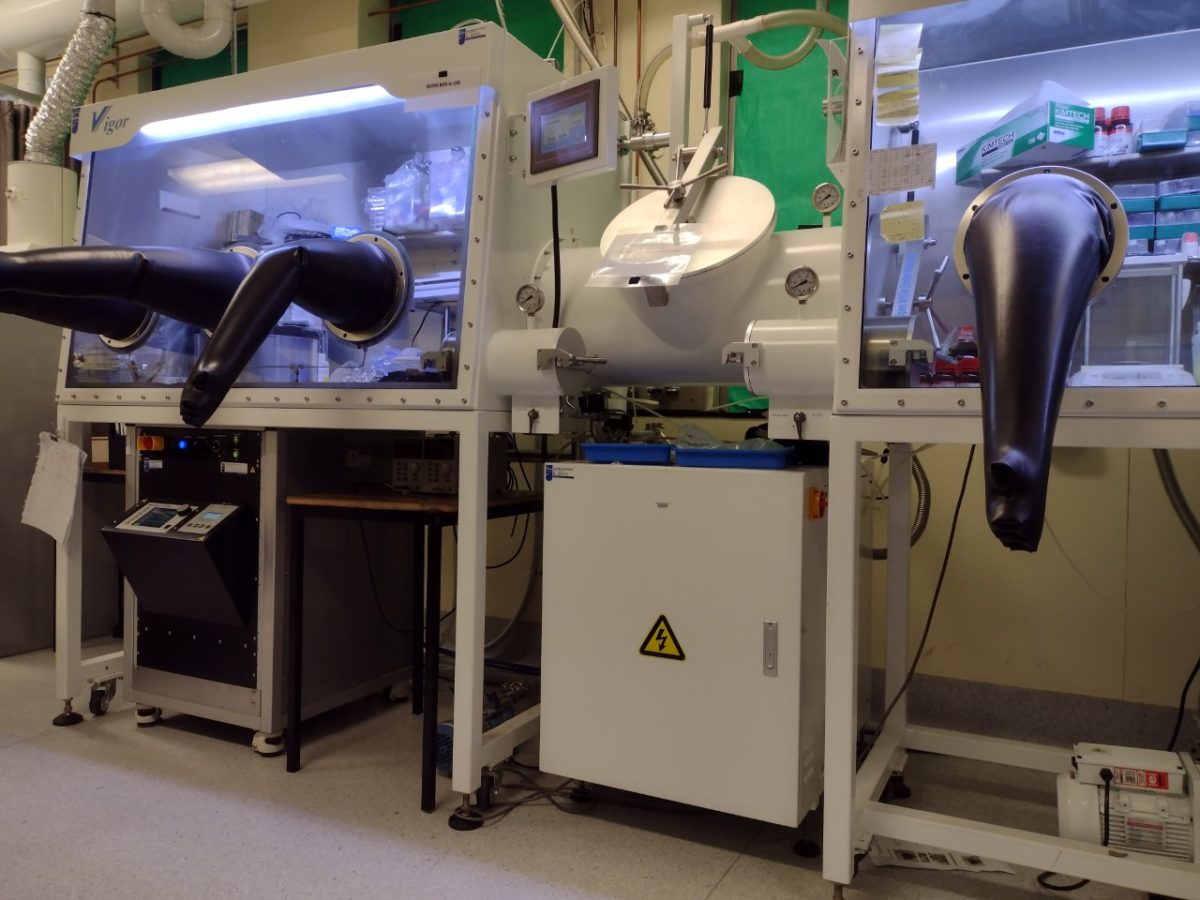Australian researchers have developed a perovskite solar cell with a novel passivation process based on the use of guanidinium (Gua) and octylammonium (Oa) spacer cations.
They claim that guanidinium salts can improve the performance of the perovskite film, as guanidinium ions are capable of penetrating into the bulk of the perovskite material and localizing at the grain boundaries (GBs).
“We designed the cells to be used in small-scale residential solar systems or large-scale solar power plants,” researcher The Duong told pv magazine. “Significantly, the perovskite solar cell technology can be combined with the existing silicon solar cell technology in a tandem configuration to achieve ultrahigh efficiency of up to 30%.”
The research group used guanidinium bromide (GuaBr) and octylammonium bromide (OABr) for the cations, which purportedly outperform their monospace cation counterparts in terms of short-circuit current density, power conversion efficiency, and thermal stability. The passivation layers were embedded on the hole transport layer (HTL) side at the HTL/perovskite interface.
“To optimize the ratio between GuaBr and OABr components, three different volume ratios of 1:1 (termed as 1G-1O), 1:2 (named as 1G-2O), and 2:1 (referred to as 2G-1O) were examined,” the team said. “After spin coating the 3D perovskite precursor solution on the substrate and annealing it on a hotplate at 100 C for 30 minutes, the passivation solution is spun on the substrate, followed by another annealing at 100 C for 10 minutes.”
Popular content
The 1G-1O cell sample achieved an average open-circuit voltage of of 1.2V, which is 30 mV higher than that of a reference cell without the new cations. This indicates a reduction in nonradiative recombination, according to the researchers.
“With dual-cation passivation layer, the efficiency increased from 21.37% for the control cell to 23.13% for the passivated device, along with much improved shelf-life stability.” they said. “In addition, in light soaking stability, test device 1G-1O maintained over 97% of its initial efficiency after 60 hours.”
They described the novel passivation approach in “Above 23% Efficiency by Binary Surface Passivation of Perovskite Solar Cells Using Guanidinium and Octylammonium Spacer Cations,” which was recently published in RRL Solar. The research group includes scientists from Flinders University, the University of New South Wales, and Australian National University.
“Further enhancement in cell performance and stability may be able to be achieved by exploring other combinations of various spacer cations as the surface passivation layer,” the team said, referring to their future work on the cell.
This content is protected by copyright and may not be reused. If you want to cooperate with us and would like to reuse some of our content, please contact: editors@pv-magazine.com.



2 comments
By submitting this form you agree to pv magazine using your data for the purposes of publishing your comment.
Your personal data will only be disclosed or otherwise transmitted to third parties for the purposes of spam filtering or if this is necessary for technical maintenance of the website. Any other transfer to third parties will not take place unless this is justified on the basis of applicable data protection regulations or if pv magazine is legally obliged to do so.
You may revoke this consent at any time with effect for the future, in which case your personal data will be deleted immediately. Otherwise, your data will be deleted if pv magazine has processed your request or the purpose of data storage is fulfilled.
Further information on data privacy can be found in our Data Protection Policy.